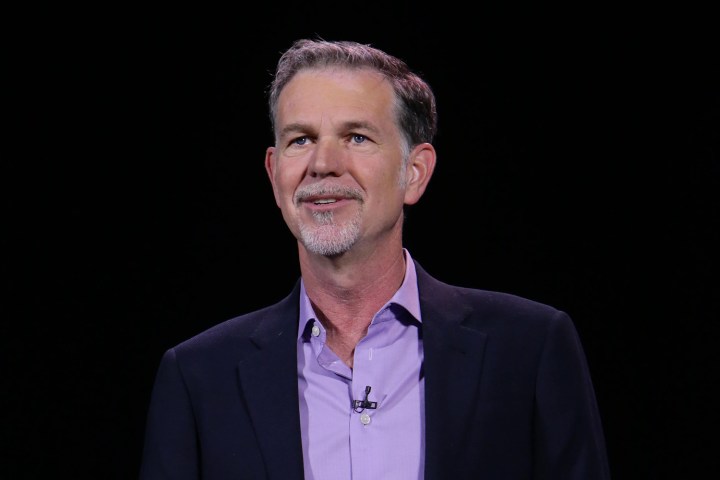
While remaining profitable in what has turned out to be a monster year for the streamer’s expansion plans, Netflix announced a net income of just $43 million, with a total revenue of $1.672 billion, and the company says it expects similar numbers for Q1 of 2016. Though down significantly from last year, those numbers were good enough to beat investor estimates (per Market Watch), earning 10 cents per share as opposed to the analyst-expected 2 cents per share.
New subscribers
But, as CNNMoney pointed out, no one really cares much about income for the streaming powerhouse right now, which is valued at an incredible $44.5 billion (430 times its 2016 earnings estimate). For Netflix and its grand plans to rule the world, it’s all about new subscribers. In Q4, Netflix added 5.59 million subscribers in all, for a total of 74.76 million users worldwide — just barely exceeding Wall Street’s expectations of a reported 74.6 million subscribers.
Those combined positives could be good news for investors — in fact, at time of publication, the company was up in late trading by around 7 percent after falling significantly in recent weeks. That follows a huge year for the low-profit platform, with Netflix stock prices exploding during 2015 even as traditional media companies — and tech stocks in general — often floundered.
But the company’s growth at home was a different story: Nothing grows forever, and Netflix had another down quarter in the U.S., with subscriber growth down to 1.56 million subs added — off from 1.9 million last year.
Major rivals, Netflix worldwide
Netflix’s mortal numbers in the U.S. are likely due to a mixture of factors, including aggressive competition from big market foes like Amazon Instant Video, Hulu, and HBO’s dual online services, HBO Go, and HBO Now, as well as Netflix’s focused eye on the global prize. Earlier this month, Netflix announced during CES that the company had switched on 130 countries, or, put another way, “virtually everywhere but China.” To put down a flag in that final empire the company says it has “work and uncertainty ahead” as its international team attempts to build relationships in the country.
Netflix’s big flip of the international switch, which counts instant access to every single country in Africa among its many firsts, is expected to bring in 6 million more subscribers in Q1, though the company will also take on more debt — estimated at $114 million lost internationally. The company also claims the international additions will expose its services to a whopping 190 million more broadband homes, for a total of 450 million homes worldwide.
The challenges ahead
Still, landing in 130 countries does not mean instant worldwide domination by any means. There are serious trials ahead: 130 new countries means 130 new challenges to keep subscribers happy and signing up, keep content universal where the company can, and create country-specific shows and movies where it makes sense — much easier said then done.
Netflix is attacking that challenge, in part, with sheer volume. The company is expected to raise its already mighty 450 hours of original content from 2015 to 600 hours in 2016, including a host of shows, from droves of kids programs, to more Marvel spinoffs in hopes of capitalizing off the success of current ventures like Jessica Jones and Daredevil.
The real question for investors — and those invested in the brand as a trusted provider of quality entertainment — remains the same as it has throughout Netflix’s impressive run: Do you trust CEO Reed Hastings and his band of streaming visionaries to keep innovating, keep delivering, and keep outpacing rivals in an increasingly complex entertainment landscape?
It’s been a good bet so far, but Netflix’s next few years won’t be easy. Add to its international challenges a domestic dogfight with entertainment and tech mega-giants — from up-and-comers like Amazon and Hulu (and multiple smaller players), to increasingly wary old-guard broadcasters like Time Warner, and NBCUniversal — and its easy to see that Netflix has its work cut out for it to continue its meteoric rise in the coming years.
Leading the way
Still, for Netflix it’s not so much about winning as it is about leading. In its SEC filing, Netflix predicts “Internet TV will likely have multiple winners as the various services are not direct substitutes for each other given differing sets of content.” In other words, since each service offers its own variety of shows and movies, there’s room for other players. All Netflix has to do is keep offering a valuable product at home and abroad, and keep innovating as it always has and it should remain a streaming giant long into the foreseeable future, rivals notwithstanding.
And hopefully sometime in that same foreseeable future, the company will also become as profitable as investors seem to think it will.


